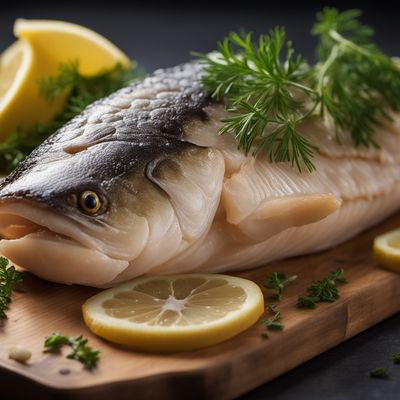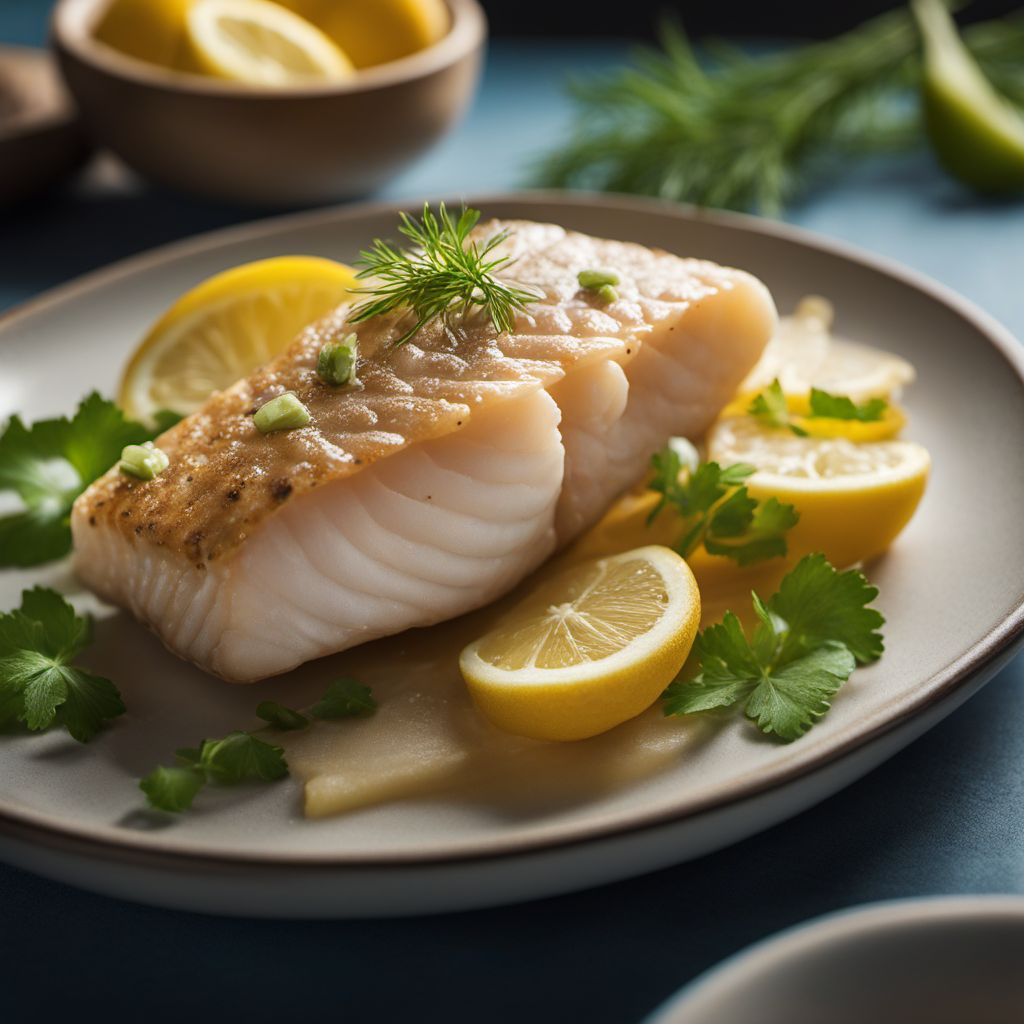
Ingredient
Cod, atlantic
"The Ocean's Delight: Unveiling the Atlantic Cod"
The Atlantic cod, scientifically known as Gadus morhua, is a species of fish that belongs to the Gadidae family. It is characterized by its elongated body, with a greenish-brown color on the back and a silver-white belly. The flesh of the Atlantic cod is firm and flaky, making it ideal for a wide range of cooking methods such as baking, frying, grilling, and poaching. Its mild flavor allows it to absorb the flavors of accompanying ingredients, making it a versatile choice for various recipes. Whether used in classic fish and chips, hearty stews, or delicate seafood dishes, the Atlantic cod adds a delightful taste and texture to any culinary creation.
Origins and history
The Atlantic cod has a long and storied history, dating back to the Viking era. It is native to the cold waters of the North Atlantic Ocean, particularly the coastal regions of Europe and North America. Cod fishing has been a vital part of the economy and culture of countries like Norway, Iceland, Canada, and Portugal for centuries. The fish was highly sought after for its abundance and nutritional value, leading to the development of various fishing techniques and trade routes. However, overfishing and environmental changes have posed significant challenges to the sustainability of Atlantic cod populations in recent years.
Nutritional information
Atlantic cod is a nutritious ingredient, rich in high-quality protein, omega-3 fatty acids, vitamin B12, and selenium. It is also low in calories and fat, making it a healthy choice for those seeking a balanced diet.
How to select
When selecting Atlantic cod, look for fillets or whole fish that have a firm texture and a fresh, mild aroma. The flesh should be translucent and free from any discoloration or browning. Additionally, check for clear, bright eyes and red gills, which are indicators of freshness.
Storage recommendations
To maintain the freshness and quality of Atlantic cod, it is best to store it in the refrigerator at a temperature between 32°F and 38°F (0°C and 3°C). Keep the fish wrapped in moisture-proof paper or plastic wrap to prevent it from drying out. Consume it within 1-2 days of purchase for optimal taste and texture.
Preparation tips
Before cooking Atlantic cod, ensure that it is properly thawed if frozen. To do so, place it in the refrigerator overnight or use the defrost function on your microwave. When preparing the fish, remove any bones and scales, if present. Atlantic cod can be baked, grilled, pan-fried, or poached, and pairs well with a variety of flavors such as lemon, garlic, herbs, and spices. For a crispy exterior, lightly coat the fish in flour or breadcrumbs before cooking. Be mindful of the cooking time to avoid overcooking, as it can cause the fish to become dry.
Substitutions
Haddock, pollock, or hake can be used as suitable substitutes for Atlantic cod in recipes.
Culinary uses
Atlantic cod is widely used in traditional dishes such as fish and chips, fish stews, and fish cakes. It is also a popular choice for fish tacos, seafood chowders, and baked fish dishes. The versatility of Atlantic cod allows it to be incorporated into various cuisines, from Mediterranean-style grilled fillets to Asian-inspired fish curries.
Availability
Atlantic cod is commonly available in countries such as Norway, Iceland, Canada, the United States, and Portugal.
More ingredients from this category
Recipes using Cod, atlantic » Browse all

Creamy Cod Risotto
Mediterranean Delight: Creamy Cod Risotto with a Croatian Twist

Crispy Cod Fritters with a Spanish Twist
Pavía's Delight: Crispy Cod Fritters with a Spanish Flair

Djiboutian-style Cod Serenade
Savor the Melodies of Djiboutian Cuisine with Cod Serenade

Filipino-style Crispy Cod Fish and Chips
Crispy Cod Delight: A Filipino-Chinese Twist on Classic Fish and Chips
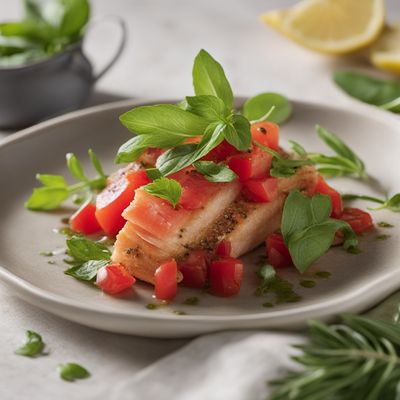
Canapés de Cabillaud à la Provençale
Mediterranean Cod Canapés: A French Delight
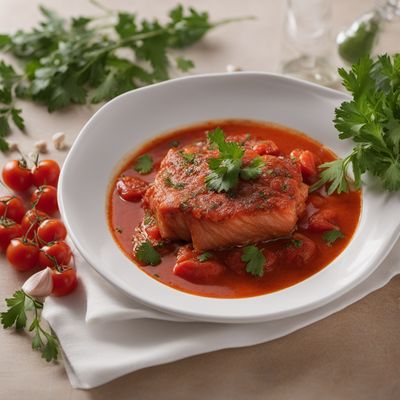
Bacallà a la llauna with Tomato and Garlic Sauce
Savory Spanish Delight: Bacallà a la llauna with Tomato and Garlic Sauce
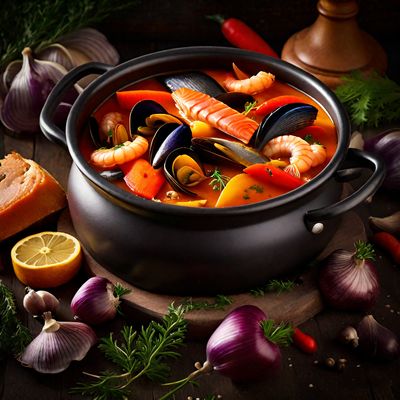
Bouillabaisse
Baltijas Brīnumzivju Zupa (Baltic Wonderfish Soup)

New Nordic Hot Pot
Nordic-Inspired Hot Pot: A Fusion of Flavors
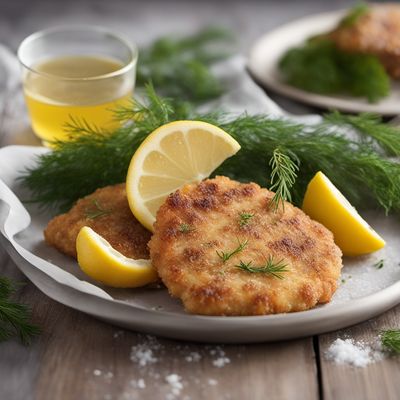
Crispy Greek Bakaliaros with Lemon-Dill Sauce
Mediterranean Delight: Crispy Greek Cod with Zesty Lemon-Dill Sauce

Mexican-style Fish and Chips
Taco-fied Fish and Chips
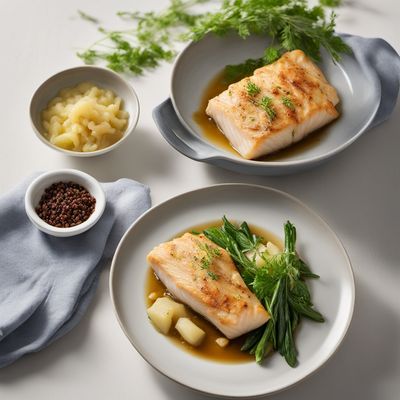
Shandong-style Steamed Cod with Creamy Potato Mash
Silky Steamed Cod in Shandong Creamy Potato Mash

New Nordic Bouillabaisse
Nordic Seafood Stew with a French Twist
